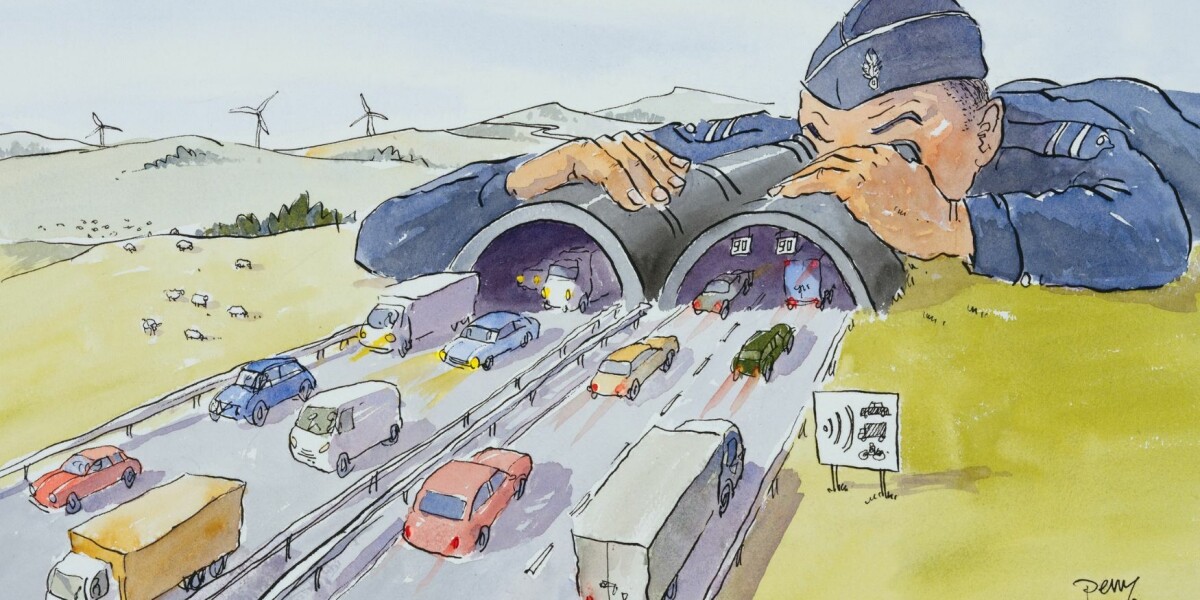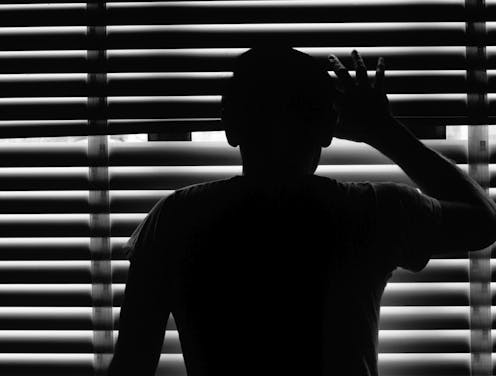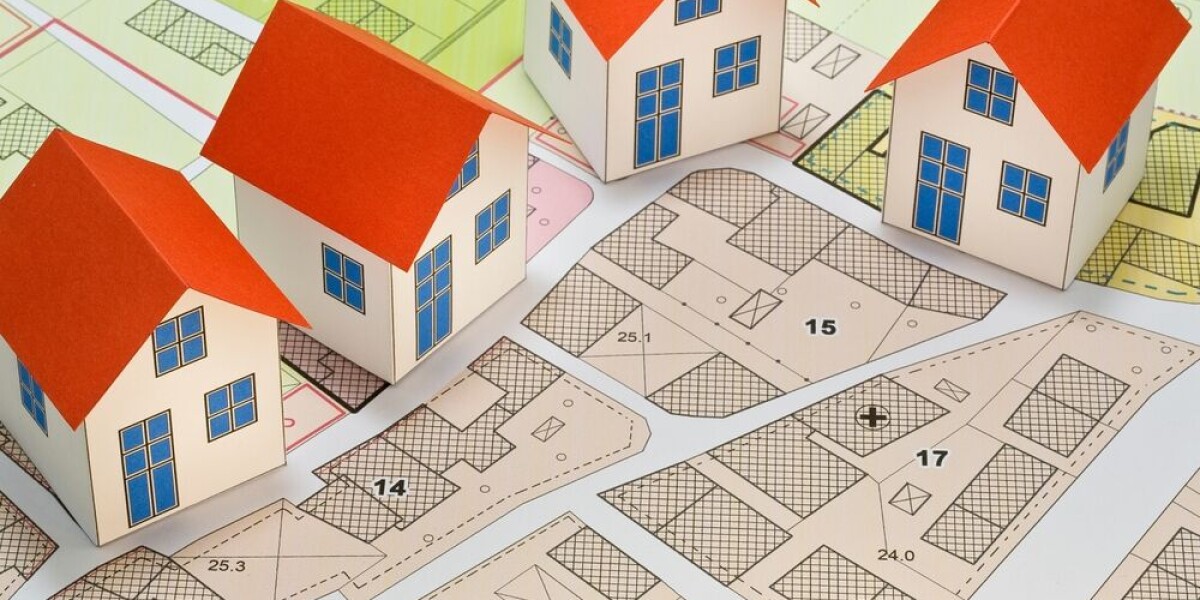
- Select a language for the TTS:
- UK English Female
- UK English Male
- US English Female
- US English Male
- Australian Female
- Australian Male
- Language selected: (auto detect) - EN
Play all audios:
France’s first speed camera was tested as early as 1946, using technology developed during World War Two. It was called the Mesta 100. However, it took until the 1970s, when road deaths hit
a peak of around 18,000 a year, for gendarmes to start to deploy a new generation of moveable roadside radars. They started with the Mesta 206, known as the radar barbecue, because it looked
like a BBQ on a tripod. Following his re-election in 2002, then-president Jacques Chirac, who fractured his spine after skidding on ice in 1978, decided to make reducing the number of
deaths on the road a national priority. Annual road deaths by then had fallen to around 8,000, following the introduction of measures such as stricter drink-drive laws, seat belts and
points-based licences. President Chirac’s campaign more than halved that number. READ MORE: 10 QUESTIONS ON DRIVING FINES IN FRANCE DIGITAL PHOTOGRAPHY TRANSFORMED SPEED CAMERAS Anyone who
drove in France in the 1990s will remember the traffic was much faster than it is today. When the gendarmes or police were out on the road with speed traps, flashing lights from oncoming
cars warned other drivers to slow down. The early traffic cameras had film that had to be physically removed and processed, but by the 1990s, digital photography arrived. In 2003, fully
automated cameras were introduced for the first time. MPs were not initially enthusiastic about them which is perhaps why it was laid down that warning signs had to be placed in front of
each one, usually one kilometre ahead. These signals now cover longer stretches of road, warning of speed cameras over stretches of 15km or so. FEELINGS OF DISTRUST AROUND SPEED CAMERAS
Around 50,000 acts of vandalism against speed cameras were recorded over the past 10 years and an estimated 60% were badly damaged or completely destroyed during the gilets jaunes protests
of 2018. That same year, a survey revealed that most (75%) French people believe speed cameras are there just to make money for the government. READ MORE: SEE: ANNUAL FINE LEVELS CAPTURED BY
ROAD RADARS IN FRANCE This perception is not helped by the fact that when a fine arrives in the post, it is in an envelope from the Finance Ministry and not from the police or gendarmes.
Inside are several forms, along with the fine itself and a green a_vis de contravention_, which gives details of the offence, with the speed registered and the legal limit. The date and time
of the offence are also listed, alongside the location and the type of speed camera. FRENCH DRIVING LICENCES START WITH 12 POINTS Apart from the ‘fixed’ kind, these include ‘moveable’
cameras that can be installed on the roadside or ‘mobile’ hand-held ones. However, increasing use is now also being made of cameras installed inside police cars, as well as in _voitures
radar_ – unmarked cars driven by civilians. When they flash you, the details download directly to the national traffic offence processing centre in Rennes, in Ille-et-Vilaine. While these
onboard cameras were being developed, rumours spread that fines were being recorded by a green Renault Espace – and drivers of green Renaults complained of being given rude gestures. The
_avis_ also gives details of the number of points you lose off your licence. French licences usually start with 12 points and they are deducted for offences – for 95km/h in an 80km/h zone,
you lose one point. In theory, holders of foreign licences should swap to a French licence so the points can be deducted. From January 1, drivers in France will cease to face a points
deduction for going up to 5km/h above the speed limit – but fines will remain. READ MORE: NO PENALTY FOR DRIVER CAUGHT AT 275 KM/H ON FRENCH MOTORWAY HOW TO CONTEST A FINE A blue document in
the envelope is used to contest the fine, called a _formulaire de requête en exonération_. The first part is to use if the car flashed has been stolen, or if you had it scrapped before the
offence. You give details, including police reports of the theft or a receipt from the scrapyard, and that should be that. If you were not driving at the time, you can also use part of the
blue form to give the driver’s details and a new fine will be issued with their name on it. Then there is a third part to use if you contest the fine for other reasons – such as getting a
woman in labour to hospital or if you have proof that the speed camera is wrong. In that case, send the form back with an explanation of why you should not be fined on a separate piece of
paper. You must, nonetheless, pay the fixed _amende forfaitaire_ fine (€68 in the case of the 95km/h in an 80km/h zone) and the case goes to court. If you win, you will be repaid. READ MORE:
HOW TO CONTEST A DRIVING OR SPEEDING FINE IN FRANCE HOW TO PAY THE FINE The envelope also contains a _notice de paiement_ about how to pay. This can be by a card at AMENDES.GOUV.FR, by
phone, at a tax office, or at certain tabac shops where you can pay with cash up to €300 or a bank card. You can also pay by cheque in an envelope provided. If you pay within 15 days of when
the _avis_ was issued (usually about a week after the offence), you pay less: €45 for most fines, as opposed to €68. If you have not paid within 45 days of the date, and have not sent in
the form to contest the fine, it goes up to €180. CAMERA MARGINS OF ERROR The authorities apply certain technical error margins to all speeding picked up by cameras, meaning they take off a
few km/h from the speed recorded before seeing if a penalty applies. In zones under 100km/h, this is 5km/h; above this 5%. These are doubled in the case of private radar cars. FOREIGN
DRIVERS Thanks to data exchange agreements, drivers from 20 COUNTRIES, including Ireland, caught speeding in France will have fines posted to them. CAMERAS TO CATCH OTHER DRIVING OFFENCES
Automatic cameras could be used to catch people not wearing seatbelts or using phones, and car-sharing lane violations. READ MORE: LONE DRIVERS NOW FACE FINES FOR USING CARSHARE LANE ON
FRENCH MOTORWAY Another recent innovation is radars capable of discriminating between cars and lorries, to fine lorries for going over their (often lower) limits. A few hundred_ radars
tronçons_, meanwhile, check average speed over a few kilometres, so you must take care if there is one in your area. RELATED ARTICLES WHEN CAN POLICE OFFICERS STOP DRIVERS IN FRANCE? HOW CAN
I CHECK IF SPEEDING FINES WERE SENT TO MY FRENCH SECOND HOME? PARIS PLANS TO REDUCE SPEED LIMIT ON OUTER RING ROAD FROM 70 TO 50KM/H








